The core highlight of this filter is its built-in silicone sheet filter layer. As a high-performance elastic material, silicone has high-temperature resistance, aging resistance, corrosion resistance,...
See Details [email protected]
[email protected] +86-18857088392
+86-18857088392 No. 1, Guihua 'an Road, Qinggang Xiaohu Family, Mushan Town, Yuyao , Zhejiang, CHINA
No. 1, Guihua 'an Road, Qinggang Xiaohu Family, Mushan Town, Yuyao , Zhejiang, CHINA
How to choose a water filter for home use
Industry News-1. Water Quality Requirements
The first step in choosing a water filter is to understand the quality of your water source. This is crucial for determining the right water filtration technology. You can learn about water contaminants by looking at local water quality reports or testing water samples yourself.
Tap Water Quality: Contaminants found in most municipal tap water include chlorine, chloramines, heavy metals (such as lead, mercury, and copper), minerals, bacteria, and viruses. Even though tap water is treated, it may still contain substances that are unfit for drinking.
Well Water/Groundwater: If your water source is a well or groundwater source, the water quality may be poor and susceptible to contamination by bacteria, heavy metals, minerals, and other impurities. These sources typically require higher-precision filtration.
It is recommended to use a water quality tester to test your water quality to understand the main contaminants in your water and help you choose the right filter.
2. Filtration Method
Different types of water filters use different technologies. Choosing the right filtration method can more effectively remove specific contaminants from your water.
Activated Carbon Filtration: This is a common water filtration method that removes chlorine, chloramines, odors, organic matter, and some chemicals. Activated carbon can effectively improve the taste and odor of water, but its effectiveness in removing substances such as heavy metals and bacteria is limited. Common uses include household drinking water and kitchen water.
RO (Reverse Osmosis) Filtration: RO (reverse osmosis) technology is one of the most advanced water filtration technologies. It can remove most harmful substances from water, including heavy metals, minerals, bacteria, and viruses. RO filtration systems are suitable for households requiring high-precision water purification, especially those in areas with poor water quality. They work by passing a semipermeable membrane through a membrane that allows only water molecules to pass through, removing most impurities from the water.
UV Sterilization: Ultraviolet (UV) technology can effectively kill microorganisms such as bacteria and viruses in water, but it cannot filter out other substances such as heavy metals and chemicals. UV sterilizers are typically used in conjunction with other types of filters to ensure safe and clean water.
Ion Exchange: This technology is commonly used to soften water, especially in areas with hard water (i.e., water with high concentrations of calcium and magnesium ions). Through the ion exchange process, it removes minerals from the water, reduces scale, and prevents damage to pipes and appliances. Ion exchange equipment is generally used in the pre-filtration stage.
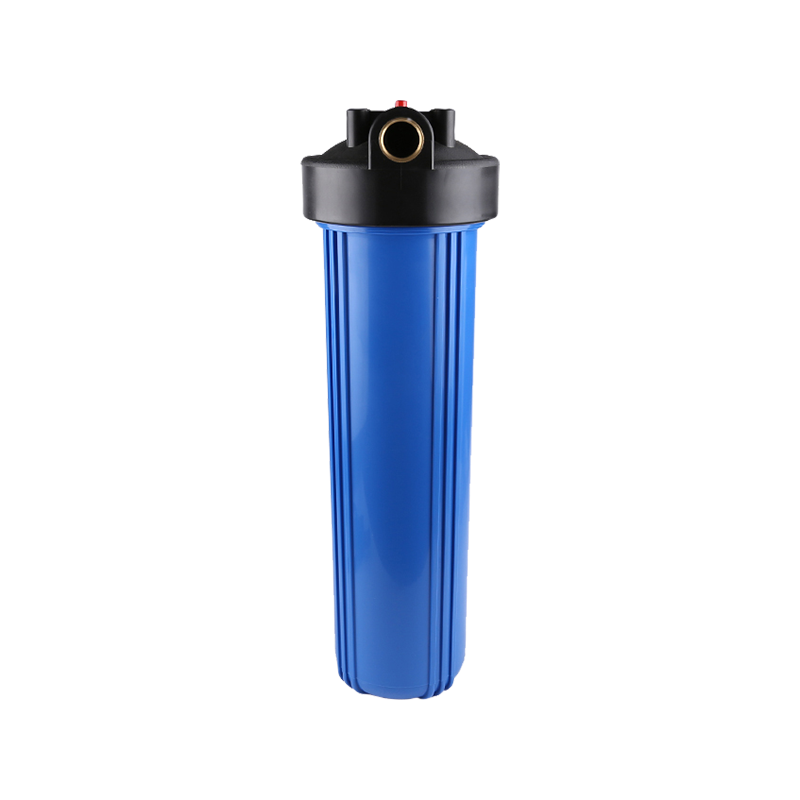
3. Filtration Precision
Different types of water filters have different filtration precipitates. Choosing the right filtration precision depends on your needs:
Microfiltration (MF): Removes large impurities such as silt, rust, and suspended solids from water. Suitable for locations with relatively clean water quality and can filter out larger contaminants.
Ultrafiltration (UF): Slightly more precise than microfiltration, it removes bacteria, some viruses, and suspended solids from water, making it suitable for general drinking water purification.
Reverse Osmosis (RO): RO technology offers the highest precision, removing nearly all contaminants, including dissolved harmful substances, heavy metals, bacteria, and viruses. It is suitable for households with poor water quality or those who are particularly particular about water purity.
If your water source is polluted, RO is recommended. For areas with better water quality, ultrafiltration or microfiltration can meet basic needs.
4. Water Flow Rate and Usage Requirements
The water flow rate of a water filter determines the amount and speed of water it can handle. Your household's daily water consumption (including drinking water, cooking, and washing vegetables) should be taken into consideration:
Flow Rate Requirements: Choose the filter's flow rate based on the number of people in your household and your water usage. Generally, the average household water flow rate is approximately 2-4 liters/minute. For larger families or those requiring a high water flow rate, consider a filter with a higher flow rate.
Filtration Speed and Efficiency: Different filtration methods and equipment have different effects on water flow. RO systems, due to their higher filtration precision, typically have slower water flow rates. If a high water flow rate is required, you may need to choose an RO system with a higher flow rate or consider combining multiple units.
5. Installation Method
The installation method of a water filter significantly impacts space usage and plumbing modifications. The following are several common installation methods:
Countertop Water Filter: This type of filter is typically installed next to the sink, taking up less space. It's ideal for renters or those who don't want to undertake complex plumbing renovations. It's relatively easy to install and remove and is generally more affordable.
Undercounter Water Filter: Installed beneath the sink, the entire unit is more discreet, saves space, and looks more aesthetically pleasing. It's suitable for long-term use and saves countertop space, but installation requires some plumbing modifications. Pre-filter: Installed on the water pipe behind the water meter, it effectively removes large particles of impurities, silt, and rust from tap water, protecting subsequent water filtration equipment from damage. Pre-filters are not suitable for standalone use and require integration with other filtration equipment.
6. Water Quality Testing
Some high-end water filters come with a built-in water quality tester that monitors water quality changes over time, helping you understand the effectiveness of your filtration. Especially when using RO reverse osmosis equipment, a water quality tester can help you determine if the membrane needs replacement.
Water Quality Monitoring: A water quality tester provides real-time TDS (total dissolved solids) readings in the water, allowing you to determine whether the water has been effectively purified. A high TDS value indicates a high concentration of dissolved impurities.
Filter Replacement Reminder: Some smart water filters can remind users to replace their filter cartridges based on usage or water quality changes, ensuring consistent filtration results.
7. Maintenance Costs and Filter Replacement
Water filter cartridges require regular replacement, which can impact your long-term cost of ownership.
Filter Replacement Period: Different types of filters have different replacement intervals. Generally, activated carbon filters should be replaced every six months, while RO membranes may need replacement every one to two years, depending on water quality and frequency of use.
Filter Cartridge Cost: High-end RO filtration systems typically require more expensive filter cartridges, while some budget-friendly units use less expensive cartridges. Consider long-term maintenance costs when choosing a water filter.
8. Brand and After-Sales Service
Water filters from reputable brands are generally more reliable and offer better after-sales service. It's important to understand the brand's warranty policy, customer feedback, and repair support.
After-Sales Service: Choose a brand that offers at least a one-year warranty to ensure prompt repair or replacement in the event of a malfunction.
Customer Reviews: Review online user reviews to understand the product's actual performance. Pay particular attention to the filter lifespan, the durability of the unit, and the quality of after-sales service.

 English
English русский
русский Español
Español عربى
عربى 中文简体
中文简体
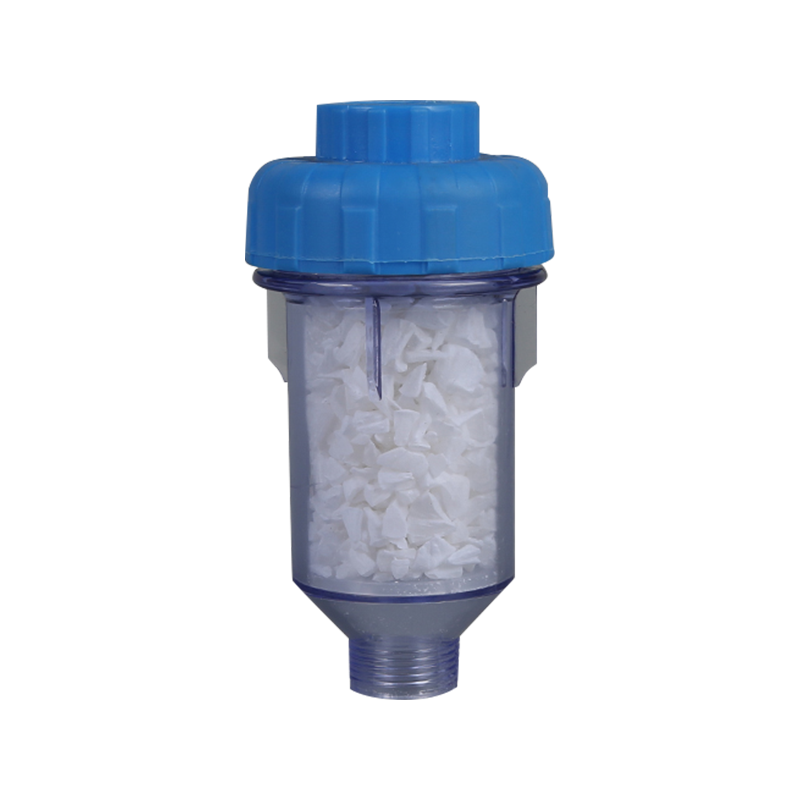 >
>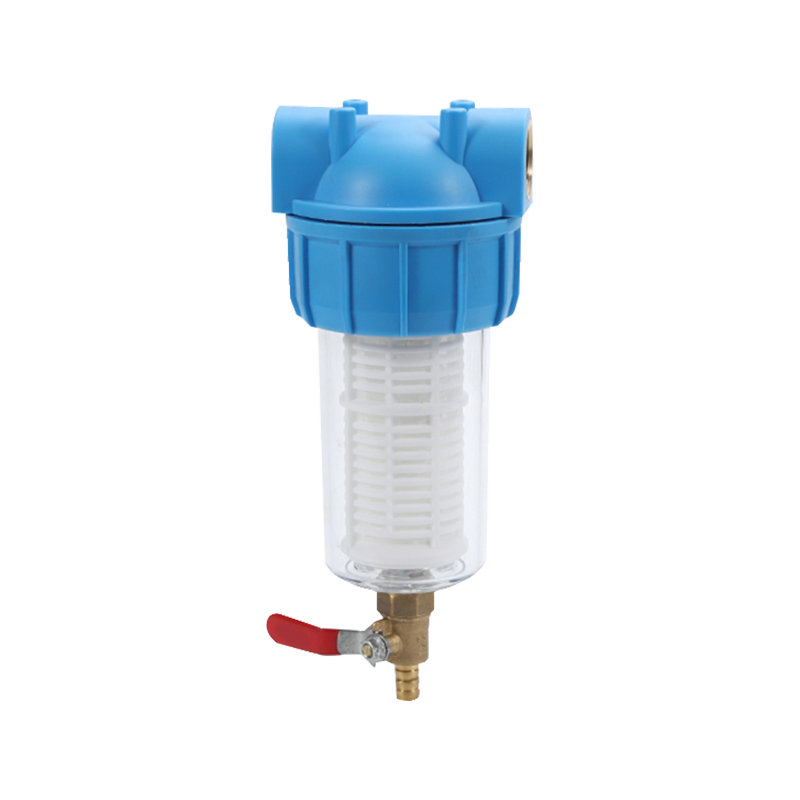 >
> >
> >
> >
>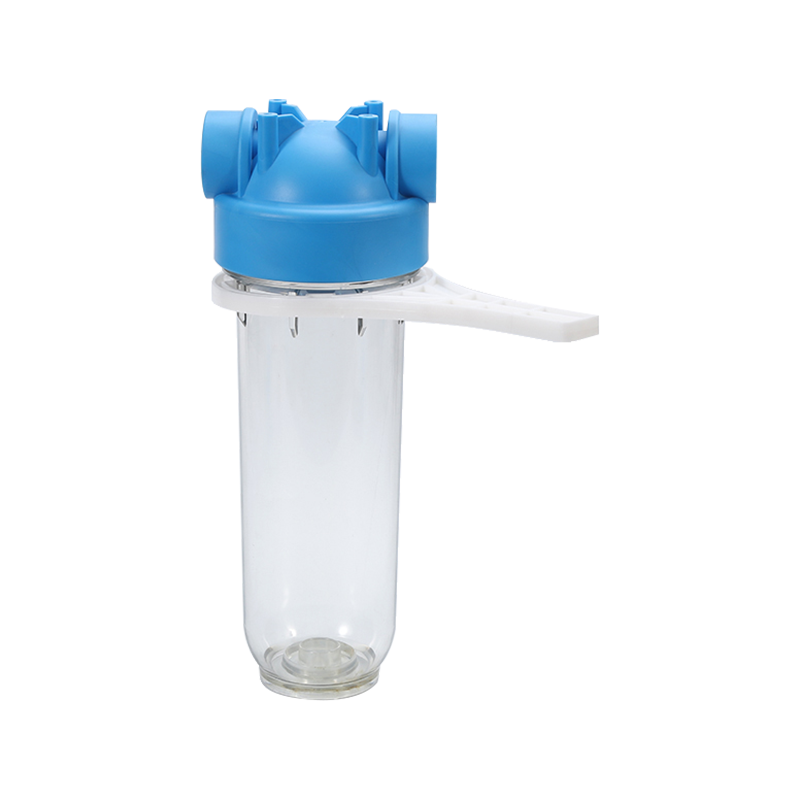 >
>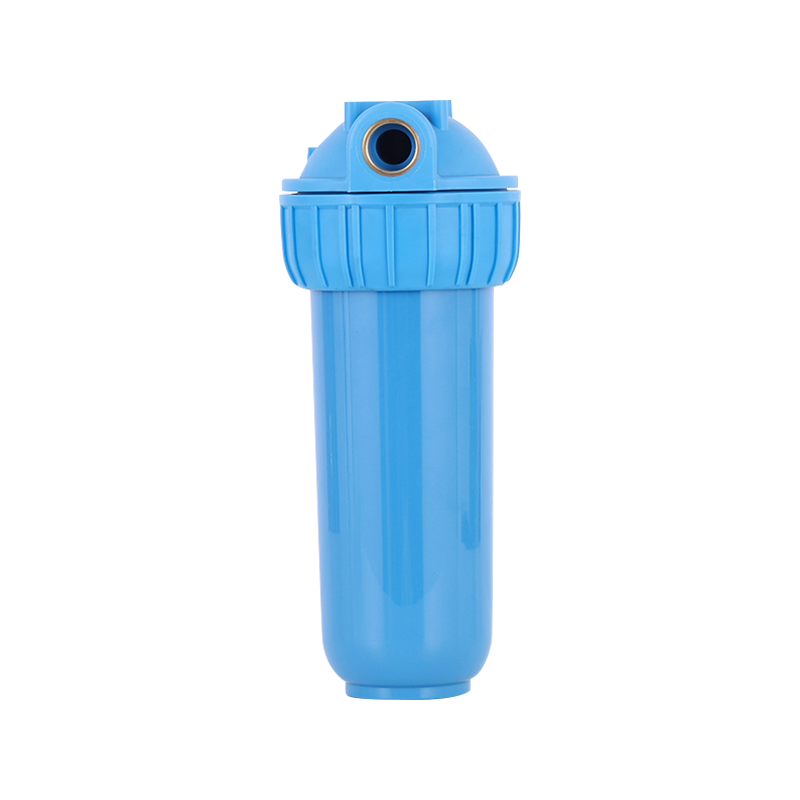 >
>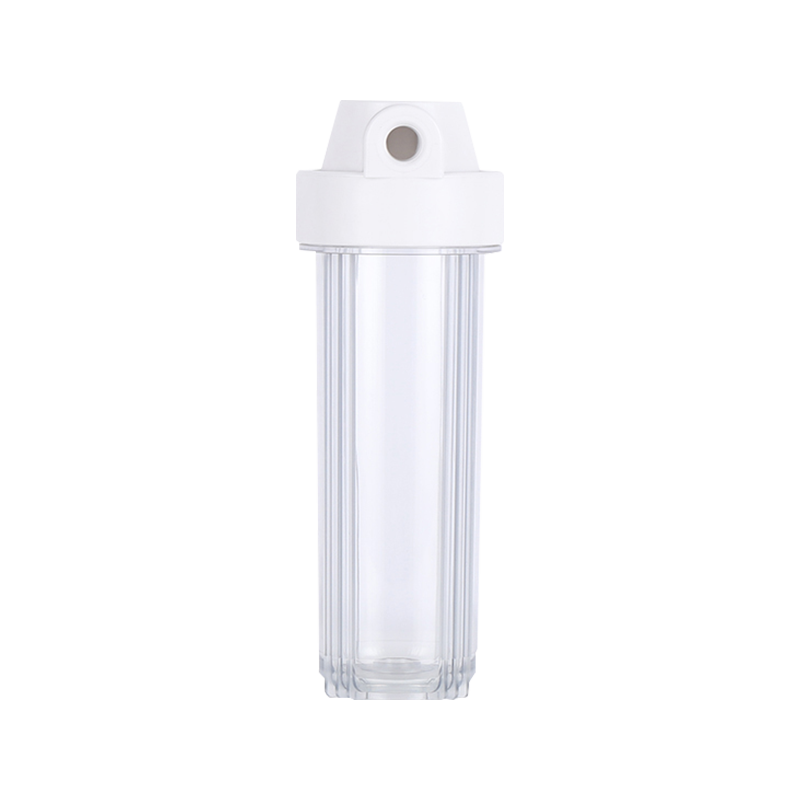 >
>
